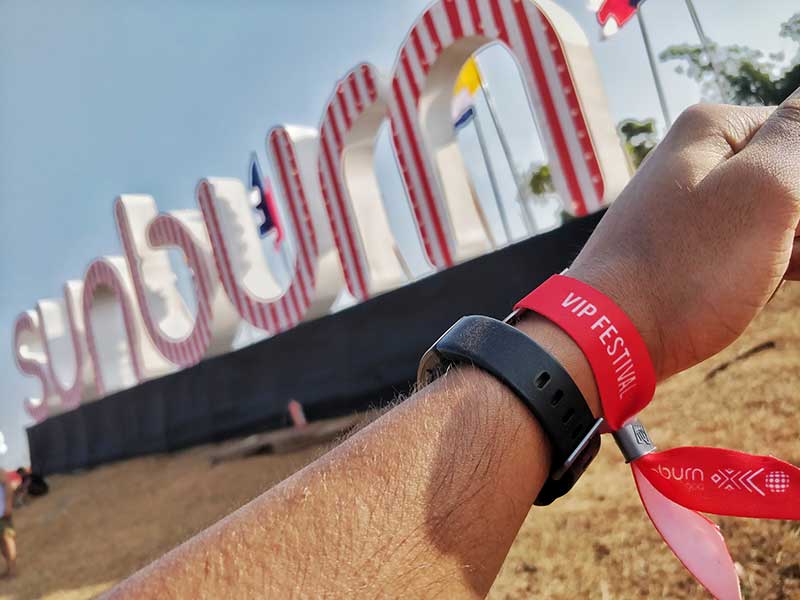Jose Mier Tips to Keep Cool in Sun Valley, CA
As temperatures rise during hot weather here is Sun Valley, CA, it’s essential to take precautions (just like Jose Mier does) to protect yourself from potential health risks associated with excessive sun exposure. Sunstroke and sunburn are two common conditions caused by prolonged exposure to intense sunlight and heat. This article aims to provide a comprehensive guide to help you prevent sunstroke and sunburn, understand their risks, and adopt effective strategies for staying safe in scorching weather.

I. Sunstroke: Understanding the Risks and Prevention
Sunstroke, also known as heatstroke, is a severe medical condition caused by prolonged exposure to high temperatures, leading to the body’s failure to regulate its internal temperature. If left untreated, sunstroke can be life-threatening, making it crucial to recognize its symptoms and take preventive measures.
- Risks of Sunstroke:
- Overheating of the body: When exposed to high temperatures for an extended period, the body’s cooling mechanisms, such as sweating, might fail, causing the core temperature to rise to dangerous levels.
- Dehydration: Prolonged exposure to the sun can lead to excessive sweating and fluid loss, resulting in dehydration, which exacerbates the risk of sunstroke.
- Increased heart rate and breathing: Sunstroke can put a strain on the cardiovascular system, potentially leading to complications in individuals with heart or respiratory conditions.
- Organ damage: If left untreated, sunstroke can damage organs like the brain, heart, kidneys, and muscles, leading to long-term health issues.
- Preventive Measures for Sunstroke:
- Stay hydrated: Drink plenty of water and avoid alcoholic or caffeinated beverages, as they can contribute to dehydration.
- Dress appropriately: Wear loose-fitting, lightweight, and light-colored clothing that covers most of your skin.
- Seek shade: Limit your time in direct sunlight, especially during peak hours when the sun’s rays are most intense (typically between 10 a.m. and 4 p.m.).
- Wear a hat and sunglasses: Protect your head, face, and eyes from direct sunlight by wearing a wide-brimmed hat and UV-protective sunglasses.
- Use sunscreen: Apply a broad-spectrum sunscreen with an SPF of at least 30 and reapply every two hours or after swimming or sweating.
II. Sunburn: Understanding the Risks and Prevention
Sunburn is a common skin condition caused by the overexposure of the skin to ultraviolet (UV) radiation from the sun or tanning beds. It can vary in severity from mild redness to painful blisters and is a clear sign of skin damage.
- Risks of Sunburn:
- Skin damage: Sunburn damages the DNA in skin cells, which can lead to premature aging, wrinkles, and an increased risk of skin cancer, including melanoma.
- Pain and discomfort: Sunburned skin can be painful, itchy, and sensitive to touch, making it uncomfortable to perform daily activities.
- Dehydration: Sunburn draws fluids to the skin’s surface, potentially leading to dehydration if adequate fluids are not consumed.
- Compromised immune response: Severe sunburn can weaken the skin’s immune response, making it more susceptible to infections.
- Preventive Measures for Sunburn:
- Use sunscreen: Apply a generous amount of sunscreen with an SPF of at least 30 to all exposed skin, even on cloudy days, and reapply as directed on the product label.
- Limit sun exposure: Seek shade during peak hours, and if possible, plan outdoor activities during the early morning or late afternoon when the sun’s rays are less intense.
- Wear protective clothing: Choose clothing with UPF (Ultraviolet Protection Factor) labels, which offer additional protection from UV rays.
- Use hats and sunglasses: Wear wide-brimmed hats to shield your face, ears, and neck, and wear UV-protective sunglasses to safeguard your eyes from harmful rays.
- Avoid tanning beds: Artificial UV radiation from tanning beds can also cause sunburn and increase the risk of skin cancer; it’s best to avoid using them altogether.
Conclusion
In conclusion, staying safe and healthy during hot weather involves being proactive in preventing sunstroke and sunburn. These two conditions can pose serious risks to your well-being, but by understanding the risks and adopting preventive measures, you can enjoy the outdoors while keeping yourself protected.
Always remember to stay hydrated, seek shade, wear appropriate clothing, and apply sunscreen regularly to shield yourself from harmful UV rays. Additionally, be aware of the signs and symptoms of sunstroke, and seek immediate medical attention if you or someone else experiences any signs of heat-related illness.
With proper precautions and a thoughtful approach, you can have a enjoyable and safe time outdoors, even during the hottest days of the year.